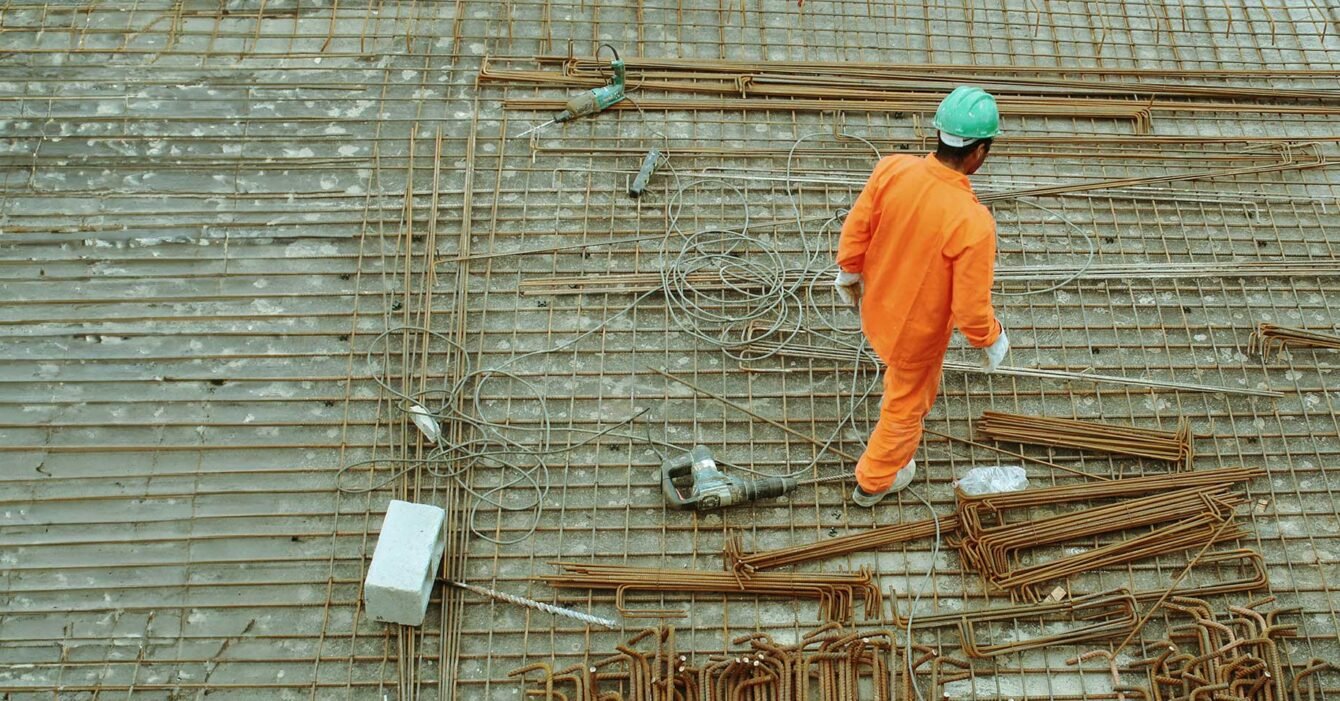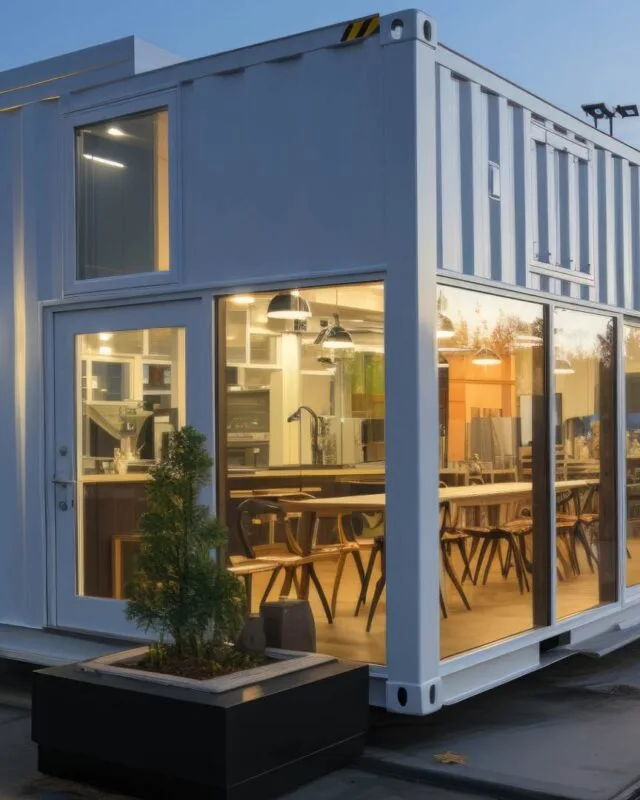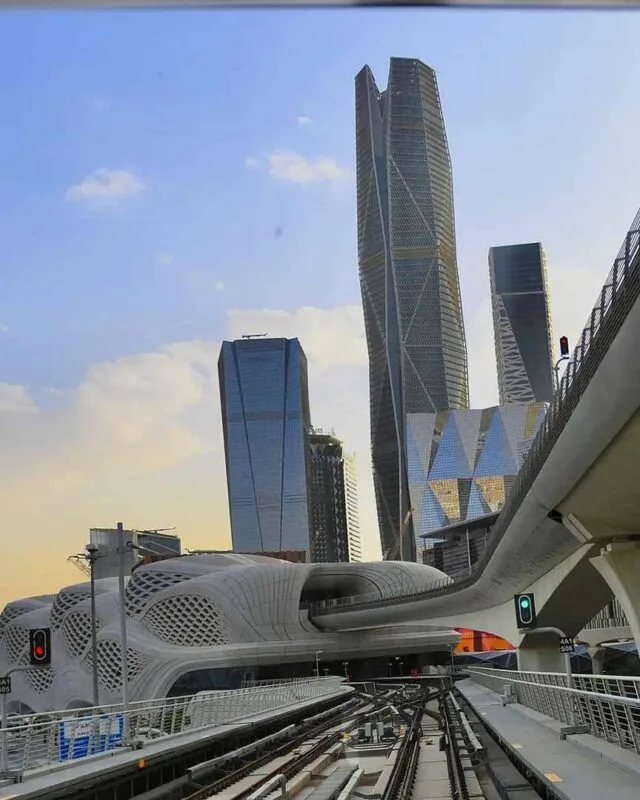Saudi Market Balances Growth Amid Spending Adjustments
Saudi Construction sector growth is on track to reach USD 174.37 billion by 2030, growing at a CAGR of 8.70%, propelled by Vision 2030’s SAR 12 trillion (~USD 3.2 trillion) investment plan. With mega-projects like NEOM, Qiddiya, and the Riyadh Metro, the Kingdom aims to redefine urban landscapes, sustainability, and global infrastructure leadership.
However, spending adjustments in early 2025, influenced by falling oil revenues and budget realignments, have temporarily slowed large-scale contract issuance, signaling a short-term recalibration rather than a long-term downturn.
Despite a 77% drop in mega-project funding, Saudi Arabia remains committed to its strategic urban transformation, balancing infrastructure investments with evolving economic priorities. While contract values fell to SAR 36 billion ($9.6 billion) in the first five months of 2025, sector resilience and foreign investor confidence continue to shape real estate expansion, modular construction advancements, and private-sector-driven developments, ensuring that Vision 2030’s growth trajectory remains intact.
Vision 2030: The Engine Behind Saudi Construction Sector Growth
At the heart of Saudi Arabia’s construction surge is Vision 2030, an ambitious plan to reshape urban landscapes, economic hubs, and global tourism centers. With billions allocated toward transportation, entertainment, and residential developments, the country is positioning itself as a global leader in high-tech urban planning.
Key Mega-Projects Powering Saudi Construction Growth:
- NEOM (USD 500 Billion Investment) – A futuristic smart city, powered by AI, green energy, and digital innovation.
- Qiddiya – A world-class entertainment & sports hub, designed to transform Saudi’s leisure sector.
- Red Sea Project (USD 16 Billion Investment) – A luxury eco-tourism initiative, redefining coastal sustainability.
- Riyadh Metro – One of Saudi Arabia’s largest urban transit networks, expected to enhance connectivity for millions.
These large-scale projects reinforce Saudi Arabia’s global infrastructure footprint, setting new benchmarks in urban design, modular construction, and green building technologies.
Challenges Facing Saudi Construction Sector Growth
Despite its upward trajectory, Saudi Construction sector growth faces significant hurdles related to budget recalibrations, oil price volatility, and regulatory bottlenecks.
1. Oil Price Decline Impacting Budget Allocations
The industry’s expansion has been deeply linked to oil-driven revenues, but with crude prices dropping from USD 82 to USD 65 per barrel, the government has revised infrastructure spending priorities.
2. Mega-Project Budget Cuts & Spending Adjustments
According to the Saudi Contractors Authority (SCA), between January and May 2025 the total value of large-scale contracts in Saudi Arabia fell by 77%, reaching SAR 36 billion ($9.6 billion) compared to SAR 154 billion the previous year. Contracts backed by the Public Investment Fund (PIF) saw an 84% decline, reflecting a strategic shift in investment allocation.
3. Regulatory Challenges & Bureaucratic Delays
Saudi Arabia’s complex approval processes, including zoning requirements and environmental regulations, continue to slow down project execution timelines, impacting contract issuance and investor confidence.
Despite these hurdles, the long-term outlook remains promising, with Vision 2030 ensuring sustained construction demand through targeted urban investments and sector-wide technological advancements.
Saudi Construction Sector Growth: A Long-Term Positive Outlook
While short-term spending recalibrations may temporarily impact mega-project execution, Saudi Arabia remains committed to its long-term urban development goals.
Growth Indicators Suggest Continued Market Expansion:
- Foreign Investments in High-Value Real Estate & Infrastructure – Global firms continue to invest in luxury developments & mixed-use commercial hubs.
- Advancements in Smart Construction Technologies – The adoption of AI-driven urban solutions, modular designs, and digital twin models ensures construction efficiency.
- Strategic Spending Realignments – The government is focusing resources on priority projects, ensuring sustained investor confidence.
May 2025 recorded a two-year low in contract values at SAR 1.7 billion, but Saudi Arabia’s long-term trajectory remains strong, supported by policy shifts, private sector participation, and large-scale infrastructure renewal plans.
Also Read: Adapting Saudi Giga Projects Amid Fiscal Constraints: A Strategic Outlook



